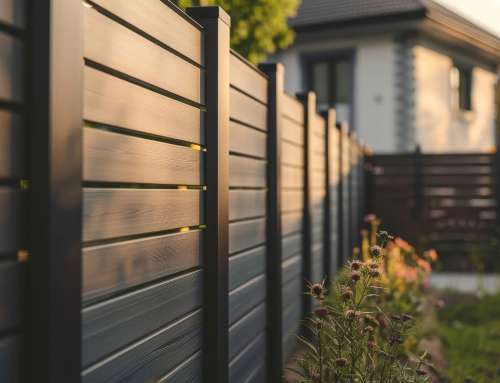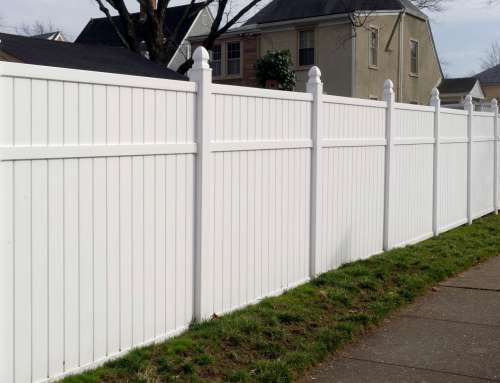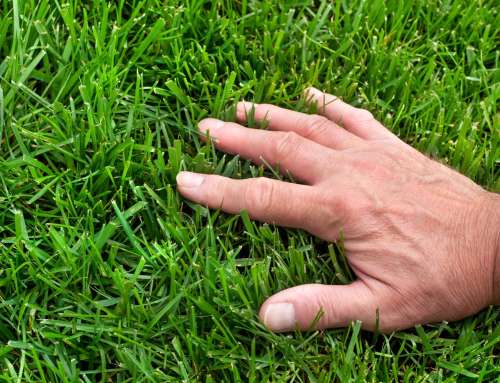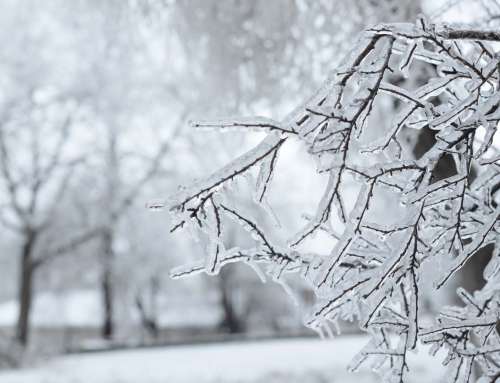If eyes are the window to a person’s soul, then leaves are the eyes of a tree. The color, shape and size of a tree’s leaves divulge its health and well-being, and tree diseases will often present themselves on the leaves or bark. Trees provide aesthetic beauty to your yard, as well as provide shade, function as a peaceful oasis, or provide the foundation for a swing or treehouse. To ensure the enjoyment your tree for years to come, it’s important to keep it healthy.
In Western Pennsylvania, trees are susceptible to diseases that can endanger their vitality, and with the often-moist conditions, fungus is the most frequent type of disease that attack trees. Although fungi are common, it doesn’t cause a tree to die.
Here Are The Most Common Tree Diseases In Pennsylvania And How To Identify Them:
Apple Scab
Affects both wild and cultivated apple and crabapple trees. The leaves surrounding the flower buds will have lesions that appear as dull olive-green, yellow, or brown spots. When the condition is serious, the leaves will twist and fall.
Cedar Apple Rust
Affects apple and crabapple trees but can also spread to junipers and red cedars. This disease causes yellow spots to form on leaves that turn orange, and lead to premature fruit and leaf drop.
Anthracnose
This fungus attacks shade trees, including oak, maple, ash, dogwood, and sycamore. Often misdiagnosed as frost damage, the leaves will exhibit small dead spots and browning areas along the veins. Premature defoliation occurs.
Verticillium
This fungal disease is common to deciduous trees and enters through damaged roots. The leaves are smaller than normal and brown at the margins. Foliage on only one side of the tree will wilt.
Powdery Mildew
A powdery white substance appears on the infected tree leaf surface, which eventually leads to the leaf turning yellow, then browning. Leaves will fall early.
Fire Blight
Known to attack many species of rose plants, and common on flowering pear trees. Leaves will wilt rapidly and turn brown but will not drop.
The bigger, darker, and more dimensional the spots on the leaves, the worse the issue.
Working with a tree expert will ensure you accurately diagnose the disease and apply the appropriate product. Although the fungus diseases mentioned above are quite common, there can be various other possible causes to your tree’s health, such as pests or environmental stressors. If you see your tree’s leaves take on uncharacteristic color or shape, or are falling to the ground earlier than expected, call the team at Artistic Tree and Landscape Creations at (412) 303-4443.




